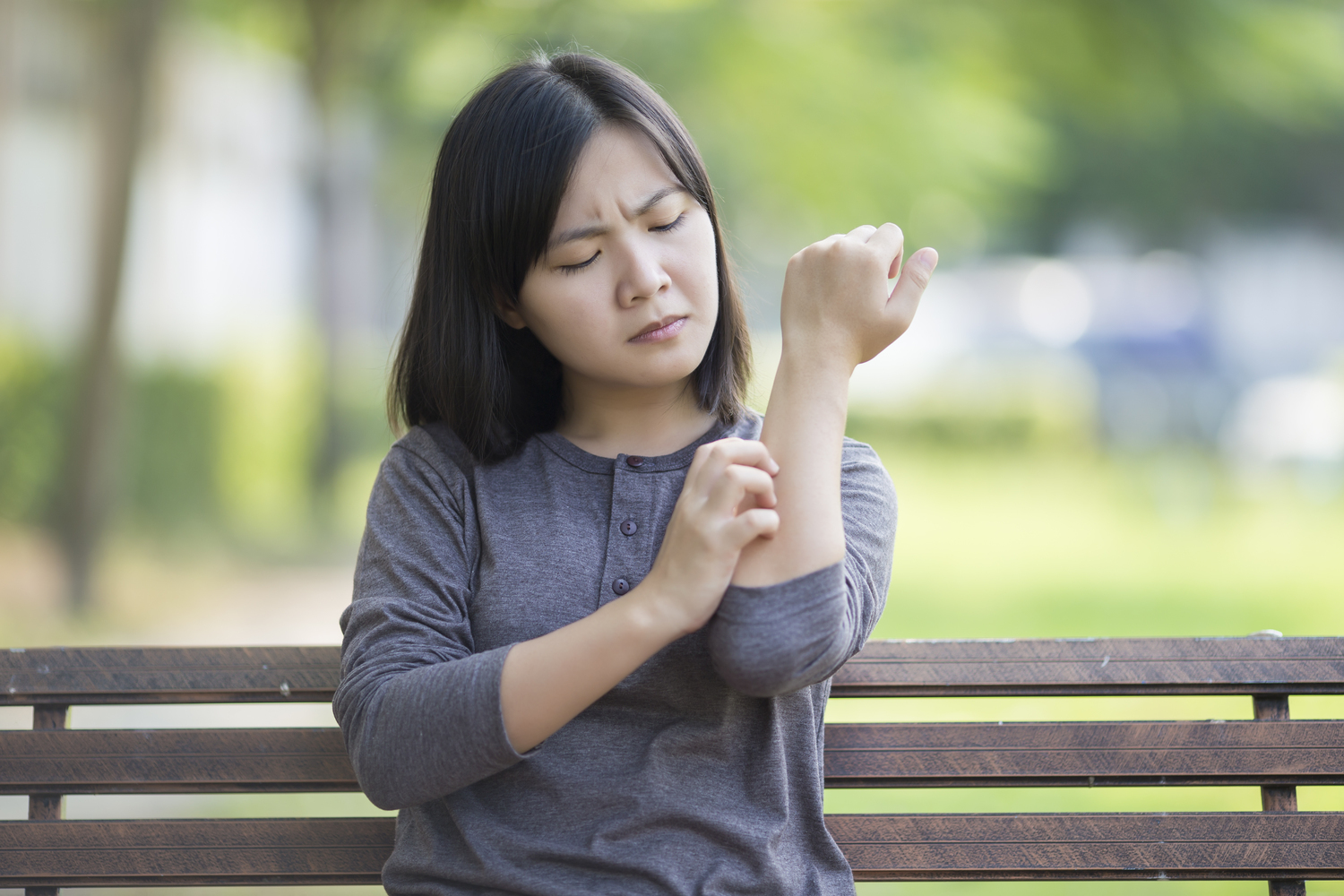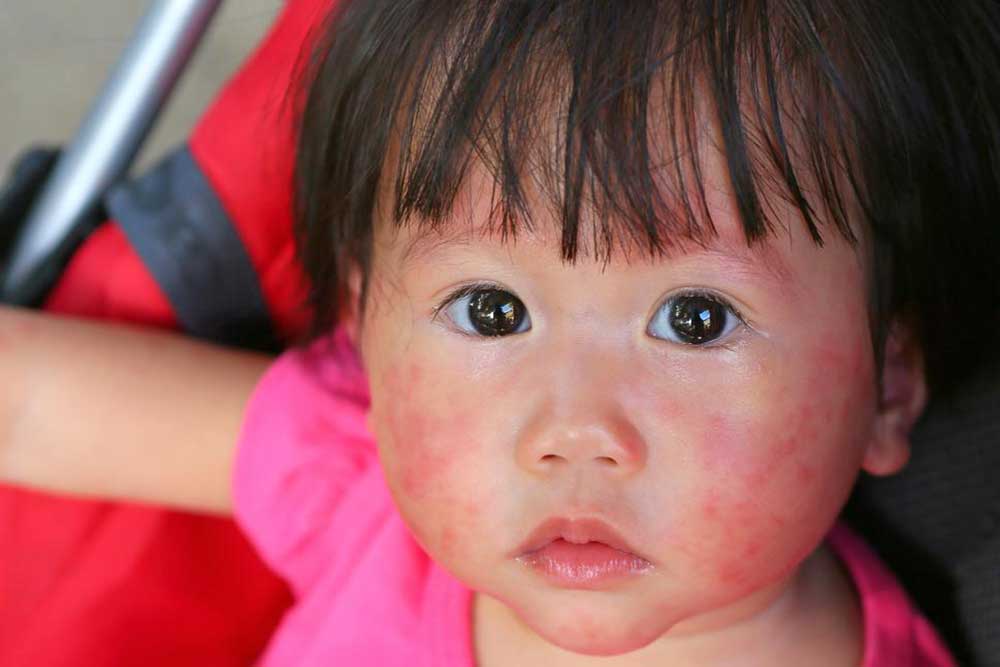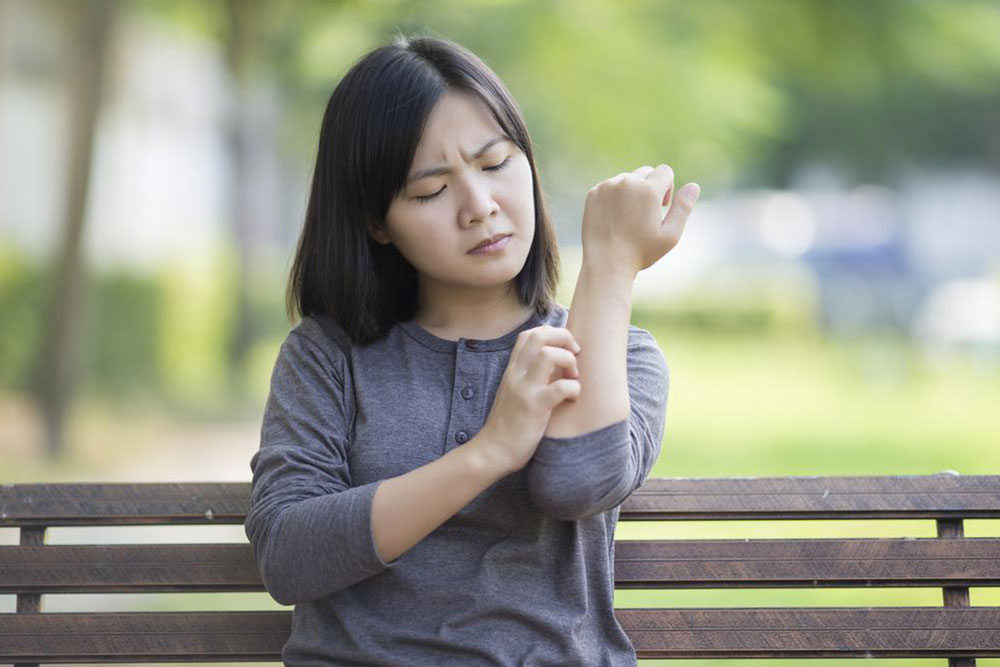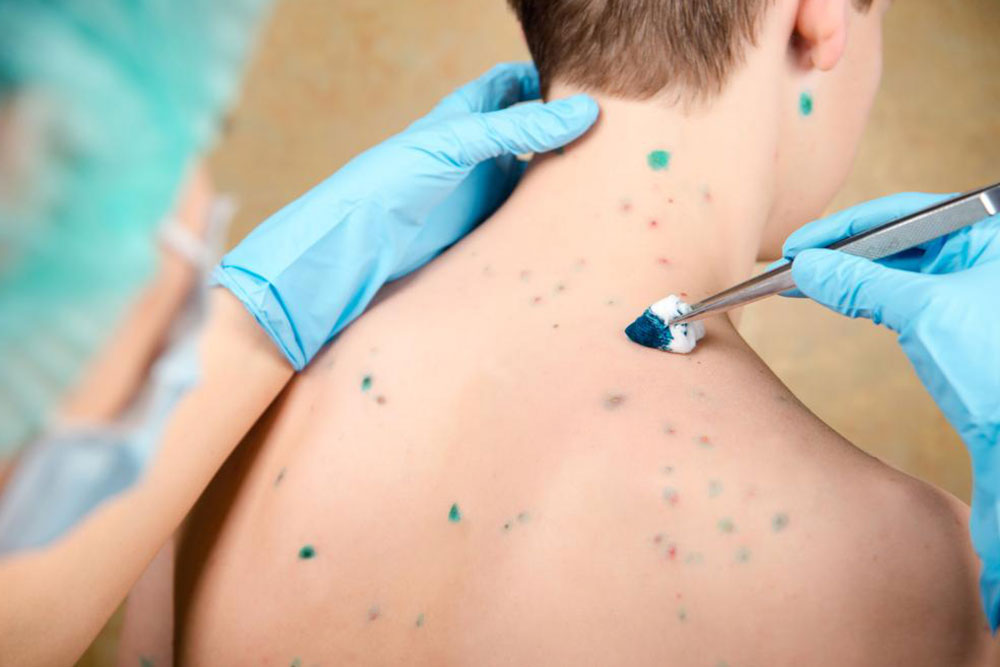Comprehensive Guide to 5 Common Skin Rash Conditions: Causes, Symptoms, and Treatments
This comprehensive guide explores five common skin rash conditions—contact dermatitis, psoriasis, ringworm, Lyme disease, and toxic shock syndrome. It details their causes, symptoms, preventive measures, and treatment options, helping readers understand how to identify and manage these skin issues effectively. With expert insights, this article emphasizes early intervention and professional consultation for optimal skin health and prevention of severe complications.
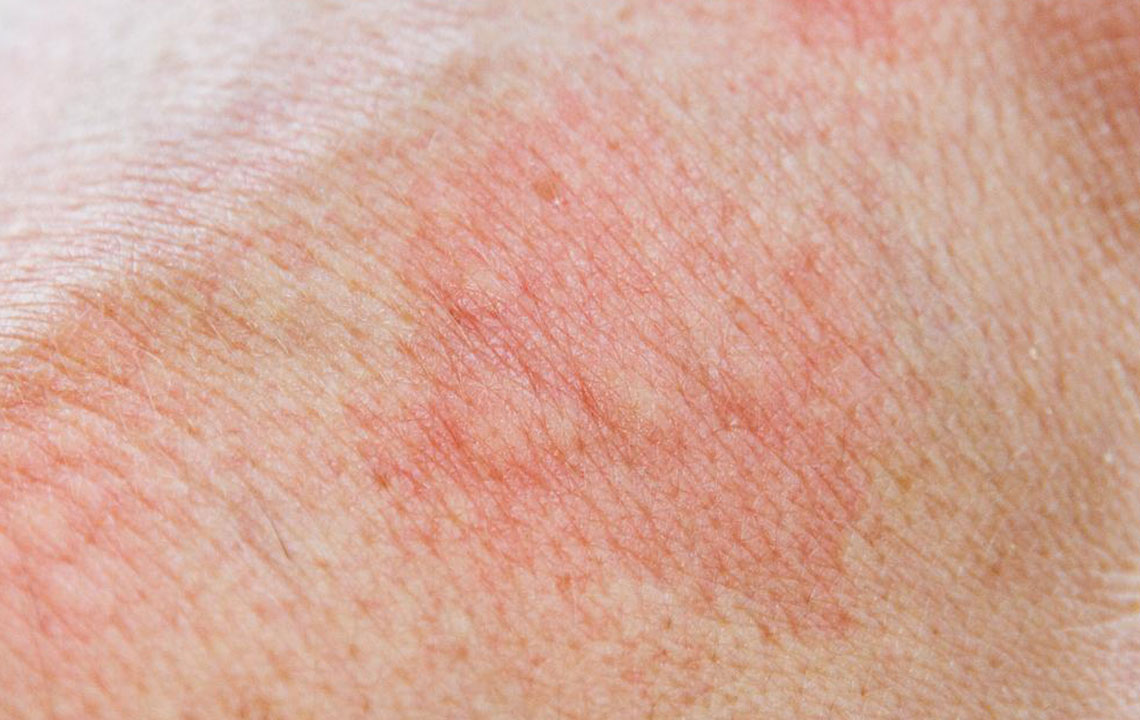
Comprehensive Guide to 5 Common Skin Rash Conditions: Causes, Symptoms, and Treatments
Skin rashes are a frequent dermatological concern affecting people of all ages. They can manifest in various forms—ranging from mild irritations to severe infections—and can significantly impact quality of life due to discomfort, itchiness, or aesthetic concerns. Recognizing the type of rash, understanding its underlying causes, and knowing when to seek medical attention are crucial for effective management. This extensive guide explores five of the most common skin rash conditions, providing detailed insights into their characteristics, causes, symptoms, prevention, and treatment options.
Contact Dermatitis: The Immediate Skin Reaction
Contact dermatitis is a common inflammatory skin condition triggered by direct contact with certain substances that irritate the skin or provoke allergic reactions. This condition is widespread and can affect anyone, especially those with sensitive skin or frequent exposure to potential allergens. It’s characterized by redness, swelling, itching, and sometimes blistering or peeling at the contact site. The skin's response can vary depending on the individual’s sensitivity and the nature of the irritant or allergen.
Key triggers for contact dermatitis include a broad spectrum of substances such as poison ivy, oak, or sumac; harsh soaps and cleaning products; latex gloves; certain cosmetics; and metals like nickel commonly found in jewelry and watches. Patch testing by dermatologists often helps identify specific allergens causing the reaction. Preventive measures include avoiding known irritants, wearing protective clothing, and using hypoallergenic products. Treatment typically involves topical corticosteroids to reduce inflammation, antihistamines for itching, and maintaining good skin hygiene. In severe cases, oral medications or immunotherapy may be recommended.
Psoriasis: An Autoimmune Skin Disorder
Psoriasis is a chronic autoimmune condition where the immune system mistakenly accelerates the turnover of skin cells. This results in the buildup of thick, scaly patches known as plaques, which are often red, inflamed, and covered with silvery-white scales. Psoriasis predominantly occurs on the elbows, knees, scalp, and lower back, though it can appear anywhere on the body. It varies in severity, from small localized patches to widespread involvement.
Multiple types of psoriasis exist, including plaque psoriasis (the most common form), guttate, inverse, pustular, and erythrodermic psoriasis, each with unique features and implications. Triggers include stress, infections, skin injury, certain medications, smoking, and heavy alcohol consumption. Managing psoriasis involves a combination of topical treatments, phototherapy, systemic medications, and biologic drugs targeting specific parts of the immune system. Lifestyle modifications, such as moisturizing regularly, avoiding skin trauma, and managing stress, are also essential for controlling flare-ups.
Ringworm: The Fungal Infection
Despite its name, ringworm is caused by dermatophyte fungi, not worms. It is a highly contagious skin infection characterized by ring-shaped lesions with clear centers and raised, scaly edges. The rash often itches and can spread rapidly through direct skin contact or contaminated objects like towels, clothing, or bedding. Susceptibility increases in humid environments, crowded living conditions, and among children, who tend to be more exposed.
Ringworm can occur on various skin parts, including the body (tinea corporis), scalp (tinea capitis), feet (tinea pedis or athlete's foot), or groin (tinea cruris). Effective treatment involves antifungal medications, either topical or oral, depending on the severity and location. Maintaining good hygiene, keeping the skin dry, and avoiding sharing personal items are crucial preventive measures. Early diagnosis and treatment help prevent spreading and recurrence.
Lyme Disease: A Tick-Borne Infection
Lyme disease is a bacterial infection transmitted through the bite of infected black-legged ticks, commonly found in wooded or grassy areas. It is prevalent in North America and parts of Europe and Asia. The hallmark symptom of Lyme disease is the erythema migrans rash, a circular, expanding redness that often appears at the site of the tick bite within 3–30 days. The rash usually resembles a bull’s-eye with a central clearing and can be accompanied by flu-like symptoms such as fever, chills, fatigue, muscle aches, and headache.
If left untreated, Lyme disease can lead to serious complications, including joint pain, neurological issues, and heart problems. Early recognition and antibiotic treatment are key to preventing these complications. Preventive strategies include using insect repellents, wearing protective clothing, conducting full-body tick checks after outdoor activities, and promptly removing attached ticks. If symptoms develop after a tick bite, seek medical attention immediately for proper diagnosis and treatment.
Toxic Shock Syndrome: A Rare but Critical Condition
Toxic shock syndrome (TSS) is a rare but potentially life-threatening condition caused by bacterial toxins, mainly from Staphylococcus aureus and Streptococcus pyogenes. It often occurs following the use of tampons, but can also result from skin wounds, surgical incisions, or other infections. TSS symptoms develop rapidly and include high fever, low blood pressure, rash resembling sunburn, peeling of the skin, headaches, muscle aches, vomiting, and diarrhea.
The rash associated with TSS can spread quickly across the body, and the condition requires immediate medical intervention. Without prompt treatment, TSS can lead to organ failure and death. Treatment involves hospitalization, intravenous antibiotics, removal of sources of infection, and supportive care to stabilize blood pressure and organ function. Preventative measures include practicing good hygiene, changing tampons regularly, and attending to wounds immediately to prevent bacterial entry.
Understanding these five common skin rash conditions enables better recognition, timely intervention, and preventive strategies. While many rashes are manageable with appropriate treatment, consulting a healthcare professional for an accurate diagnosis and personalized treatment plan is always recommended. Avoid self-medicating, especially for persistent or severe rashes, to prevent complications.
